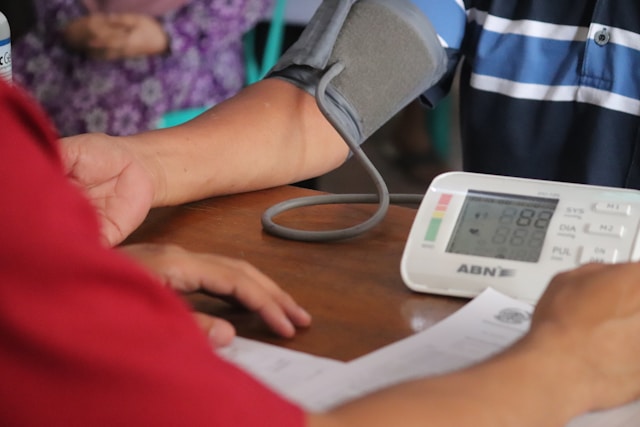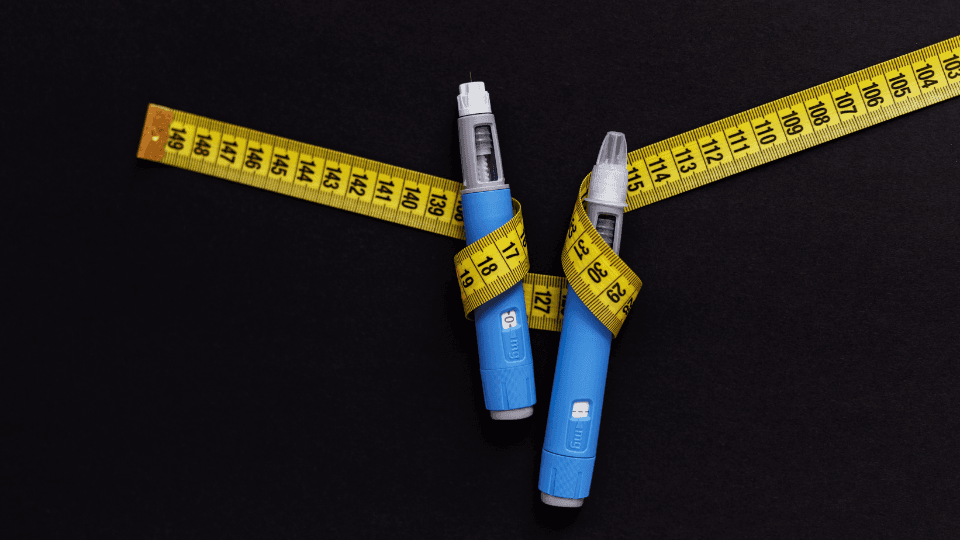Back
12 Aug 2022
Exercise and Productivity

Dr Jarrad Van Zuydam | Sports Physician
By now, you should be well-versed in the benefits of exercise on your physical health. In short, exercise is the single best medicine you can take for the prevention and treatment of the diseases that kill more people worldwide than any other - non-communicable diseases of lifestyle. Think heart disease, stroke, diabetes, hypertension, Alzheimer’s Disease and many others. Not to mention the enormous benefits exercise has on your mental health.
Less well known is the fact that regular exercise makes you more productive and more successful in the workplace too. Studies prove that our mental firepower is inextricably linked to our physical regime. How much do you stand to gain? Well, the results of one study on more than 200 corporate employees were simply stunning. On workout days, participants’ scores were 21% higher for concentration on work, 22% higher for finishing their work on time, 25% higher for working without unscheduled breaks, and an incredible 41% for feeling motivated to work. Other studies have also demonstrated the clear link between fitness and increased productivity.
But wait, there is more good news: Exercise needn’t be exhaustive or at a very high intensity for you to benefit from the productivity boost. Lower intensity activities like brisk walking, yoga and dancing all seem to be effective at boosting productivity. In fact, very high-intensity exercise sessions can cause a brief dip in productivity as your body recovers from the effort. Although we’d love for you to aim for 30 minutes of exercise per day, you can attain some of these benefits with as little as 10 minutes per day. Everyone has the ability to prioritise just 10 minutes per day for exercise.
Now that we have convinced you, here is our foolproof plan to starting an exercise habit, your real-life “limitless pill”.
Microstep your way to greatness
Ariana Huffington talks about “microsteps” - tiny, incremental changes to behaviour that are easy to make but gradually lead to larger changes. We think she is onto something.
Start small. Planning a 2-minute walk outside is a lot less daunting than 30 minutes of vigorous exercise.
Enjoy yourself
If that old spinning bike in the corner of the garage looks more like a mediaeval torture device to you, don’t even bother trying to form an exercise habit on it.
Choose an activity you enjoy or at least an activity that is associated with something you enjoy.
If dogs are your thing, take Fido for a walk. If you love flowers, head to the local botanical garden in the mornings.
The gamification features in the Strove app are a great way to introduce some fun to your exercise routine.
Eliminate obstacles
Make choosing to exercise easy each day by removing the barriers that have stopped you in the past.
If your shoes are uncomfortable, head out to get some new ones.
If you struggle to get going in the morning, lay out your workout clothes and equipment the night before.
Make it official
Long-term habit formation requires establishing a new routine.
Just like you schedule your meetings you should schedule your exercise sessions and then be adamant about not moving them or double-booking.
Putting it on your calendar makes it real. Go ahead, why not schedule at least 3 recurring 10-minute “exercise events” right now?
Whatever you do, just start. It might be the best thing you do for both your health and your career.













